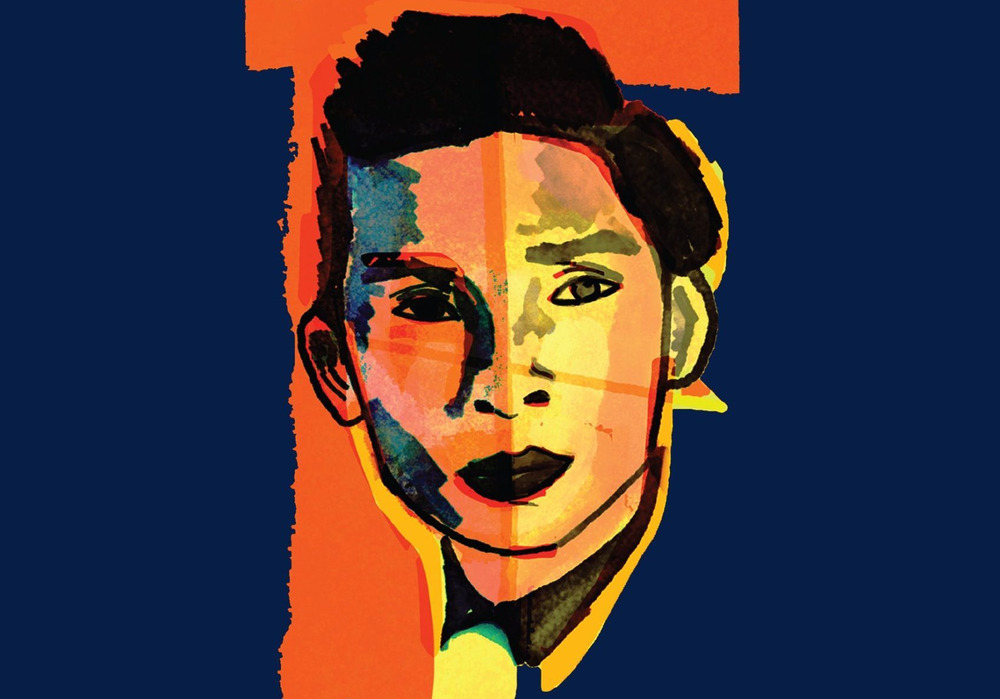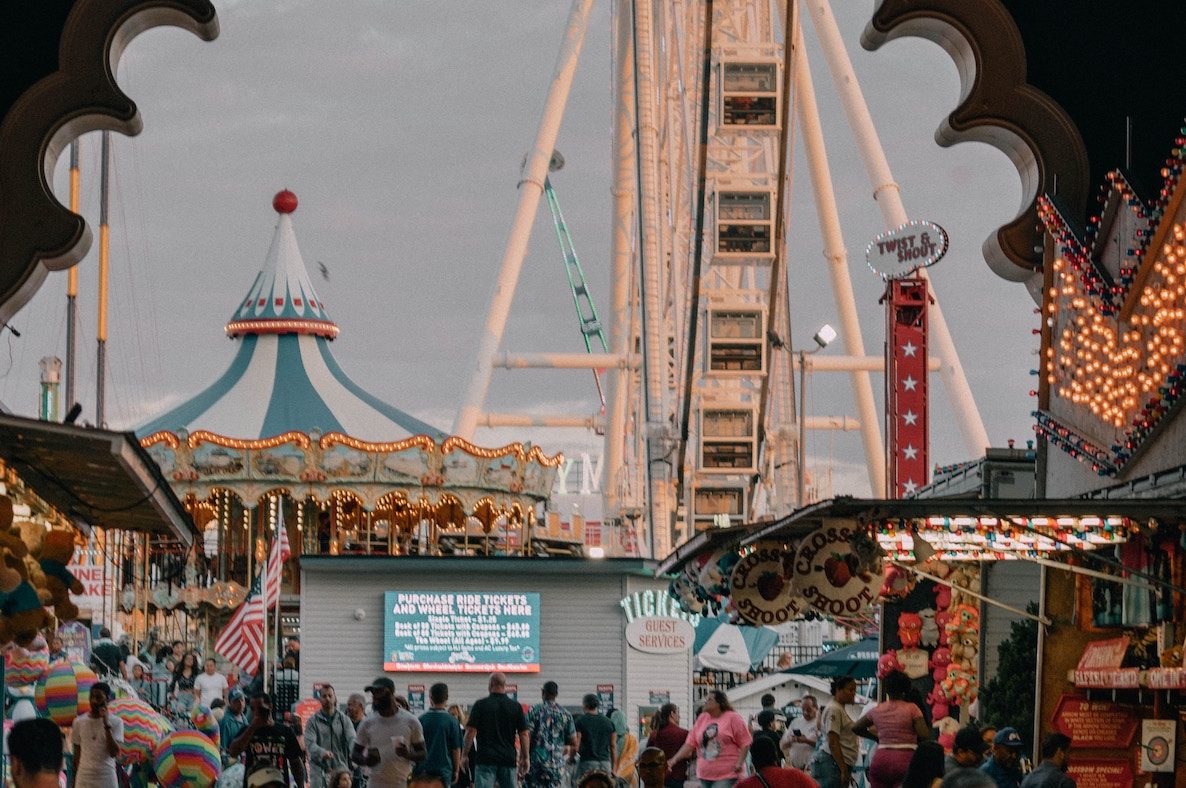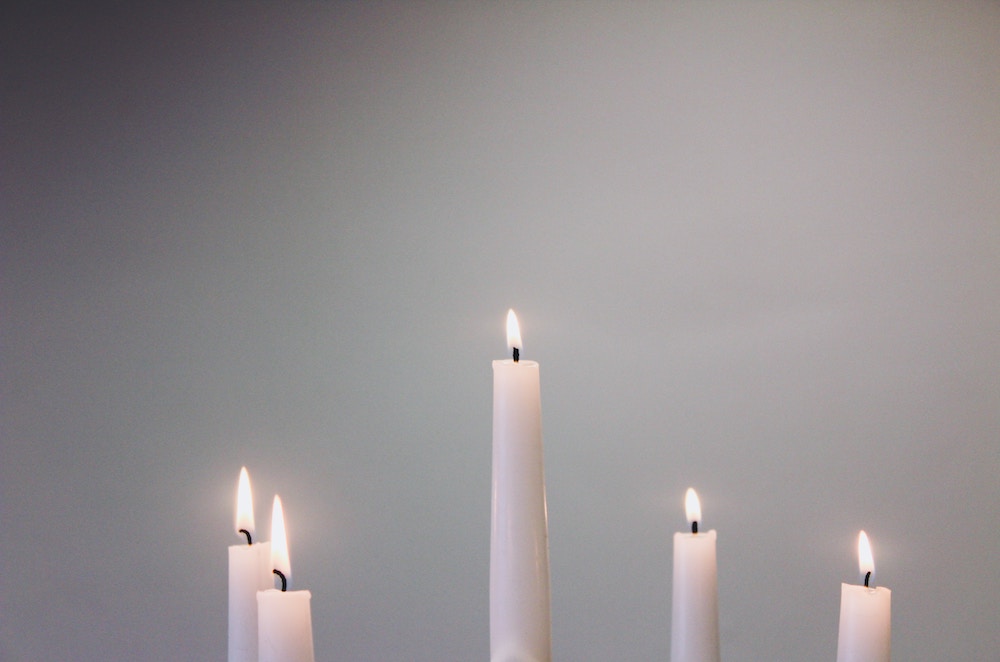Books & Culture
Ali Wong’s Memoir Isn’t Just About Asian Americans—It’s Written To and For Us
It still feels revolutionary to read a book that imagines me as its ideal audience

When I read the reviews of Ali Wong’s memoir Dear Girls: Intimate Tales, Untold Secrets, & Advice For Living Your Best Life, I was at first thrilled—the responses were glowing—and then perplexed. I fundamentally agreed with what they said: that the book is a more intimate and poignant (yet still hilarious and incisive) extension of her Netflix specials. The reviews talked about her raunchiness and her vulnerability, the thoughtful ways she delves into her various roles—as mother, as a comedian, as a woman of Vietnamese and Chinese descent. And yet for all their gushing, all the reviewers I read overlooked the part of Dear Girls that I, as an Asian American woman and writer, found the most revelatory: that it was written to me.
Well, not to me exactly. The book is presented as a collection of letters to her two young daughters, providing life advice for when they grow up. Yet the memoir’s conceit is a remarkable sleight of hand. When Wong addresses the book to her daughters—a narrow, fixed audience—we immediately understand that framing is a literary device, and her advice is meant to be read universally. Yet at the same time, the device allows her to speak directly to Asian American women—a demographic that in media is often spoken about, or spoken down to, but rarely spoken to, peer to peer. In Dear Girls, Ali Wong both describes (through her loving depiction of her family and environment) and inscribes (through her specific audience choice) the ways Asian American-centered creative community can provide support and nourishment.
Such examples are sorely needed in a literary and media landscape where we are reduced to the alien. In an NPR interview shortly after the book was published, All Things Considered host Michel Martin told Wong that her family’s history is “quite extraordinary… I mean, your dad is Chinese American. Your mom is Vietnamese American. And when you read their backstories… it just kind of takes your breath away.” I was struck by the phrase “takes your breath away,” because it aligns with the reception I’ve received to much of my writing on my grandfather’s time in the Japanese American incarceration camps, or on my grandmother’s history in Taiwan. People say things like: astonishing, astounding. What they mean is that my family’s story is foreign, inexplicable, a narrative of the unknown.
Because that is the white narrative of Asian Americans: we are benign, and we are unknowable. Even in works by Asian American writers, the literature that gets the most attention still tends to be tied to tales of immigration. The narratives are ones of boundary-crossing: of one foot grounded in the old world and one in the new, stories of pain and exile and belonging. Yet many Asian Americans have lived in the United States for generations, for nearly a century or longer—and these works are harder to parse. Not an immigrant narrative, but not the narrative of a white American.
That is the white narrative of Asian Americans: we are benign, and we are unknowable.
I’ve struggled with these expectations when writing about my family in various writing workshops and classes, where I am usually the only Asian American (and sometimes the only person of color). In writing spaces, my peers critique the content of my work to the best of their ability—but lack cultural context. Workshops often devolve into questions about cultural references, instead of structure, style, character development. I don’t expect my readers to understand my history—even other Asian American readers won’t always know it—but I become frustrated with the attempts to pigeonhole our stories into easily-read shapes and old tropes. A professor suggested I drop a section about Japanese colonialism in Taiwan because it was “too confusing.” When I write about my ethnic identity, it’s not about search for assimilation, but about trying to hold onto roots of cultures and countries I am increasingly distant from, of holding onto traditions that are dying away with our great-grandparents and grandparents. I thought about this while reading the first chapter of Dear Girls, where Wong touts the benefits of being with another Asian American. “You don’t have to constantly explain everything or act like a tour guide for Asian American culture,” she says.
That’s why Dear Girls takes my breath away for a different reason—not for how surprising it is, but how familiar and familial. As I read her list of good and bad signs in Chinese restaurants (Good signs: “There’s a tank full of live fish in front,” “It takes an hour to get a glass of water”; bad signs: “The dim sum is being served on trays,” “The waitstaff ask you ‘How’s everything going?’”) I thought, yes, yes, then took a photo of the page and sent it to my family. In Ali Wong’s comedy, we are inside the in-jokes, jokes that stem from understanding our community and acknowledging the ludicrous aspects of our lives. It’s not the kind of “humor” we’ve been subjected to for as long as we’ve been in America: from Fu Manchu in the 1930s to Shane Gillis today, ones that depend on communal disgust at us—where the comedy relies on the shared understanding between the comic and the white audience. In Wong’s work, we are the people that make up the contextual fabric; the relationship exists between the comic and the Asian American audience.
In Ali Wong’s comedy, we are inside the in-jokes.
I often struggle with negotiating the role of my audience. I want to write without having to provide layers of explanation for every allusion, every cultural reference. And yet I want to reach a wide readership—code for “white people” in American publishing—and have been trained to see writing to other Asian Americans as either too niche or as unnecessary. In the United States, East Asians occupy a peculiar position where we’re usually seen as being white-adjacent enough not to need to be spoken to separately. I am not Black or brown, but I am not white, either. My skin color results in microaggressions, not bodily harm or death. We have assimilated—by necessity—and then we assimilated further.
While Black and brown artists and writers have long inhabited—and flourished—in their own spaces, Asian American creatives do not have as wide or as deeply rooted communities in most parts of the country. Part of this, I imagine, has to do with white America’s vision of East Asians as the “model minority.” We are not white, but are accepted by whiteness inasmuch as we are benign and useful as a wedge and tool for anti-Blackness. We are given crumbs of access. This, of course, is a sort of privilege; it has also prevented us from staking out our own space.
So when I read Wong’s description of the Asian American creative community she comes from, I was envious. The examples of Asian American support—from her parents, her brothers, her friends, her Bay Area community—showed me the necessity of collaborators who share your cultural context. It made me want to develop a stronger network with other Asian American writers and artists.
We are not white, but are accepted by whiteness. We are given crumbs of access.
On the face, this seems antithetical to Wong’s position in her book. In the chapter most frequently discussed in reviews, “My Least Favorite Question,” she expresses frustration that Asian Americans always want to know about what it’s like being an Asian American in Hollywood, a question she finds reductive and ancillary to more critical questions of craft, work ethic, and failure. She tells up-and-coming Asian American entertainers to expand their circles beyond just other Asian Americans. In many reviews, this seems to be the point that critics take away: that to define yourself as Asian American is to pigeonhole yourself.
I’d argue that this expansive chapter is much more nuanced than that. Right after Wong gives advice to go beyond your community, she dedicates pages to discussing the importance of being friends with Asian Americans in entertainment. She talks at length about specific Asian American people who have supported her. That chapter concludes, “This brother- and sisterhood with other Asian American people in entertainment—how they treat me and take care of me and demand other people respect me—has given me my community that keeps me protected. So I’m saying you need both—your community and what lies out of it.”
For people who, like Wong, grew up in spaces rich with Asian Americans, the latter part of advice—get outside your community—is pointed. For the rest of us, the former part—get inside your community—is the part that hits home.
Wong recognizes the gift of such community when describes a Asian American actress who felt envious and excluded after not being cast in Crazy Rich Asians. “For her,” Wong explains, “that was the truthful but ugly answer to the question, ‘What’s it like to be an Asian American in Hollywood?’ Don’t miss the one spot every ten years.” I identified with this immediately. Wong was naming the frisson of anxiety I feel when seeing a book by another Asian American writer whose content overlaps even slightly with mine: that there is only one space, and now that they have captured it, there is no room for me.
But Wong feels differently, which surprises the slightly older actress—a difference that Wong credits to age and upbringing. “I also grew up feeling special because I was Asian, but for the opposite reason,” she says. “Not because I was different from the people around me, but because I was the same, which filled me with pride.”
After reading this, I wondered what it would look like if I always imagined an Asian American audience for my writing—an audience with a similar context and history. Not that my pieces would not apply to other people—we, too, are people; our experiences, too, can be read universally—but to envision my community as my ideal readers.
I wondered what it would look like if I always imagined an Asian American audience for my writing.
Recently, a friend started up a group for young Japanese American creatives. We meet monthly to discuss our work and create together. Though our content varies widely (we work in a variety of artistic media), we have shared context. Most of us have at least one grandparent who was incarcerated in the American internment camps during World War II; though we are a few generations removed, this history comes up over and over again as we discuss our work. I also participate in Asian American creative communities online—though we may lack a quorum in whatever town we live in, we can gather in full force on the web. I can’t ignore the issue of audience, but it reminds me that creating is a process, and who you walk with along the way is as important as who consumes it at the end.
These communities can also bring up tension that is difficult but necessary; we can push back on each other in a way that white readers can’t and don’t. When we exist only in relation to the dominant white society, Asian Americans are brought together. When we speak to each other, Asian to Asian, we have to reckon with our own complicity, both historical and contemporary—colonialism, by intra-Asian racism, South and Southeast Asian erasure. (South and Southeast Asians have rightfully pointed out that while we East Asians–what Ali Wong refers to as the “fancy Asians”—are out here fighting for visibility and representation, many of them are literally fighting for basic human rights.)
These dialogues can be painful, especially when we’re unused to reckoning with own power and privilege. Wong mentions a Japanese American student who asked Native Hawaiian activist Haunani-Kay Trask how her family, who had lived in Hawaii for generations, could support Native Hawaiians. Wong remembers, “Trask simply responded, ‘Get out.’” As a Japanese American whose family has lived in Hawaii since the early 1900s, I felt a deep—and necessary—pang.
If we exist as the sole Asian American in our communities, if we only try to write for white audiences, these dialogues get sublimated. (While reading Ali Wong’s interviews, I thought about the discussions that might have happened if her interviewers were Asian Americans or people of color. I wished somebody would have pushed her on her statement that the Asian American women who ask her about identity “view being an Asian-American woman [as a] weakness. If you see it as a weakness, it will be a weakness.”)
But Wong grew up in an “Asian American Wakanda” where we were seen as individuals, where we were not the minority—and explicitly acknowledges how this has framed her identity and understanding. Although not all of us were able to experience that, through this book she allows us to imagine that space. Dear Girls is a window into a world where Asian American creativity and identity is not dependent on adherence to whiteness, but on creating space for and collaborating with each other. On laughing with, not at, our own community.
Before you go: Electric Literature is campaigning to reach 1,000 members by 2020, and you can help us meet that goal. Having 1,000 members would allow Electric Literature to always pay writers on time (without worrying about overdrafting our bank accounts), improve benefits for staff members, pay off credit card debt, and stop relying on Amazon affiliate links. Members also get store discounts and year-round submissions. If we are going to survive long-term, we need to think long-term. Please support the future of Electric Literature by joining as a member today!









